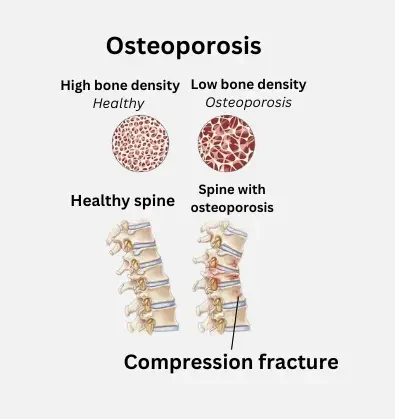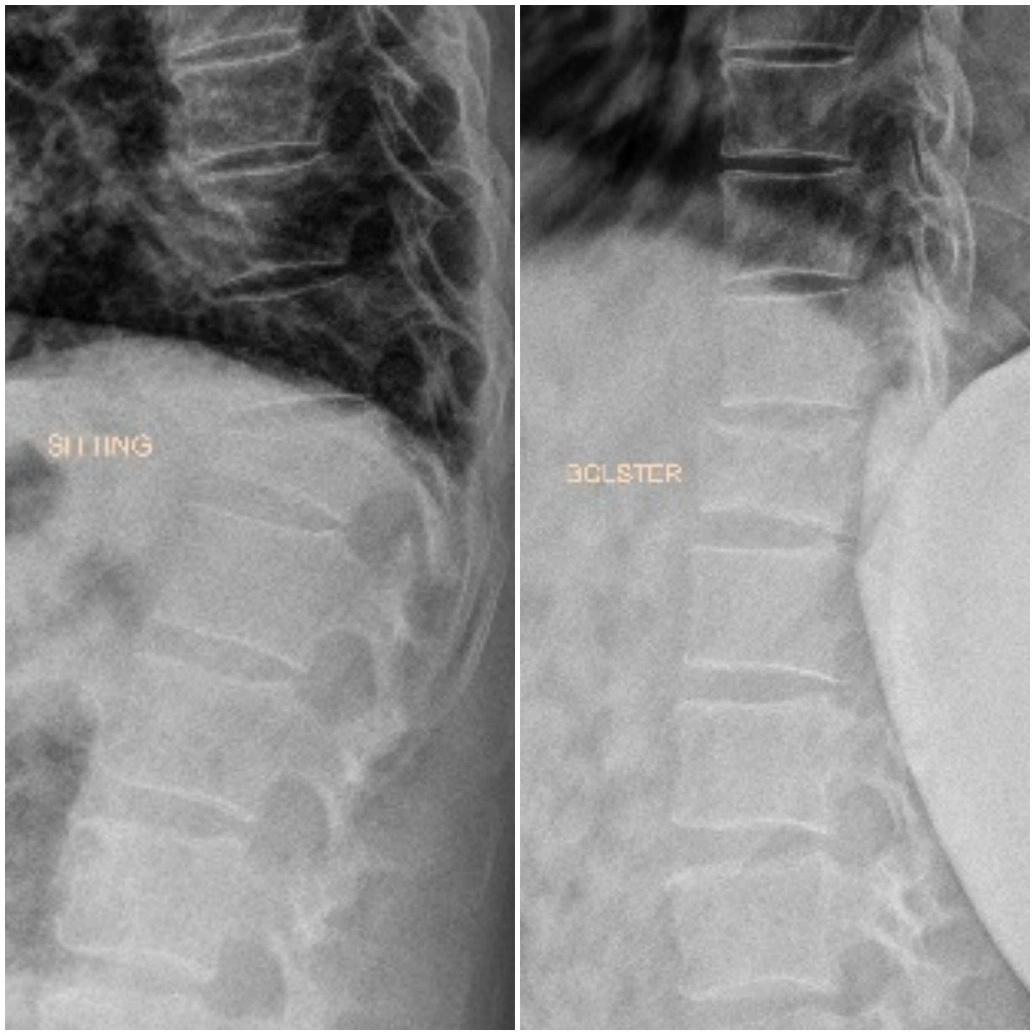Osteoporotic Vertebral Fractures: Understanding and Care
Osteoporosis
Osteoporosis is a condition in which bones, which should be as strong as stone, gradually become brittle and breakable like glass. This fragility primarily affects spinal and hip bones.

Who is Affected
Osteoporosis is prevalent among the elderly, particularly in females following menopause due to estrogen deficiency. It can also be observed in individuals using long-term steroids for conditions like asthma, prolonged use of medications such as thyroid hormones, those with poor nutrition, and those with blood-related tumors like myeloma.
How Bones Break
Unlike typical spine fractures caused by high-velocity injuries, osteoporotic patients can experience vertebral fractures with low-velocity incidents such as a fall from a standing height, sudden sitting in a chair, traveling on bumpy roads, or even bending the spine while sitting down. The severity of osteoporosis determines how minimal the force needed to cause fractures.
Common Complaints
Patients often report mid or low back pain after incidents like slipping and falling in the bathroom, which is characteristic of painful osteoporotic vertebral fractures. Sometimes, the pain is so intense that patients struggle to turn in bed. Pain may radiate to the front of the chest, known as girdle pain. Generally, these fractures do not result in spinal cord damage, but if left untreated, they can lead to gradual forward bending of the spine, called kyphosis, which may ultimately cause issues like partial paralysis (paraparesis) and thoracic myelopathy.
Management
Fractures usually heal, but identifying those that won’t heal with time is crucial for treatment. DEXA scans help identify bone quality and quantify osteoporosis. X-rays taken in various positions (supine, sitting, bolster) help identify voids within the bone. Non-healing fractures, which are highly osteoporotic and have voids, are best treated immediately with cement augmentation techniques like vertebroplasty and kyphoplasty.

Why Dr. Ramachandran
While many physicians recommend bed rest for these fractures, Dr. Ramachandran aims to mobilize patients as soon as possible. He understands that bed rest in the elderly can lead to complications like hyponatremia, bed sores, pneumonia, and deep vein thrombosis (DVT). He addresses the primary cause, osteoporosis, with specialized medications like teriparatide and denosumab. In cases where necessary, he suggests Vertebroplasty/Kyphoplasty and these procedures are conducted in a spine suite room as a day-care procedure, ensuring efficient and tailored care for patients.
